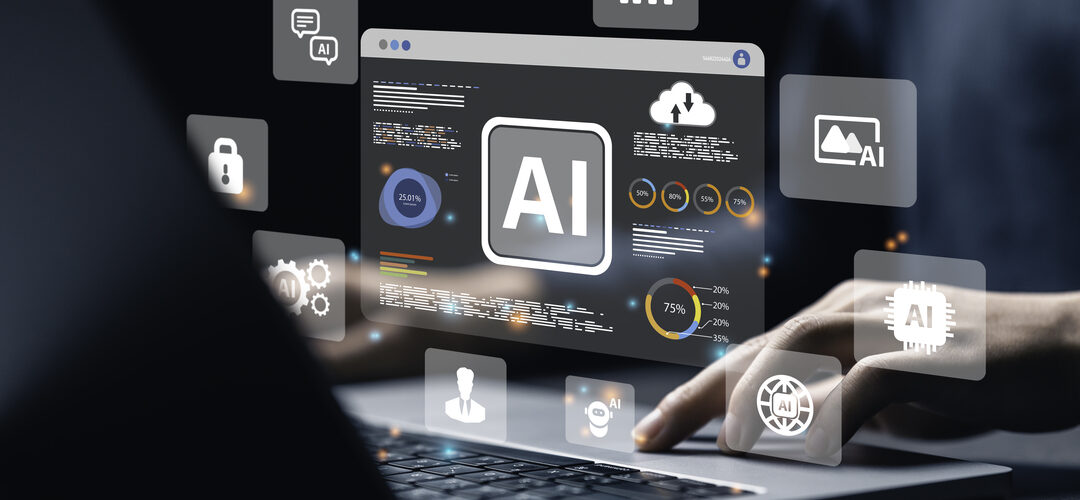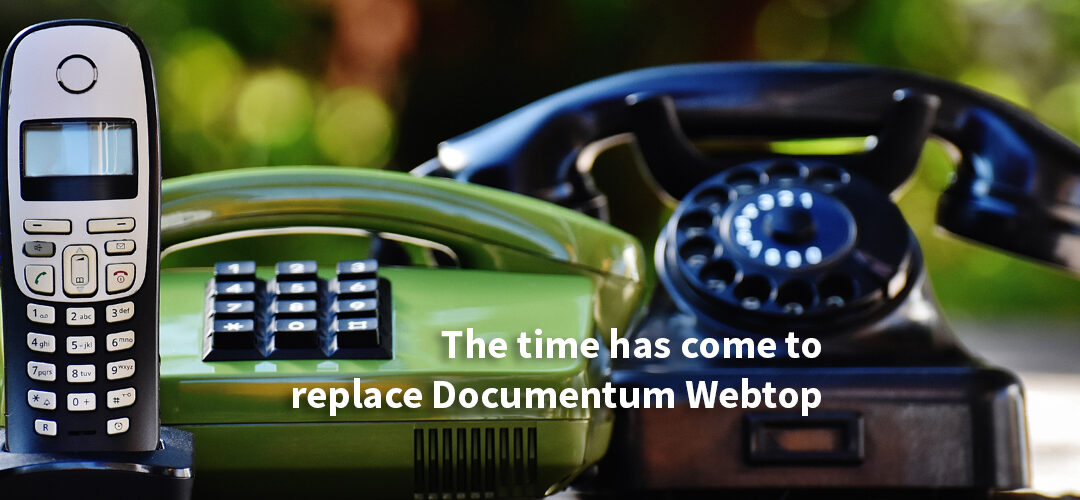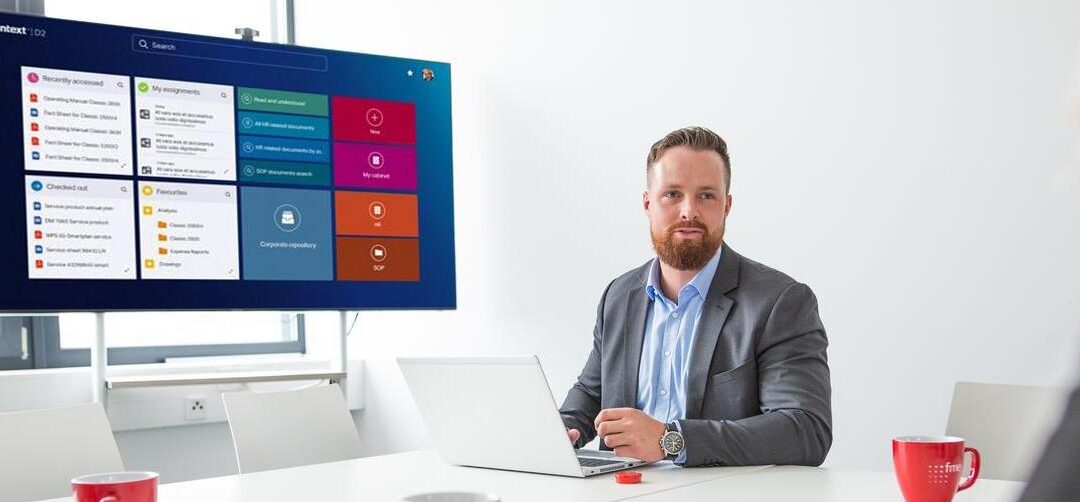On September 1st, OpenText made an important announcement regarding the product versions that will transition into “sustaining maintenance” as of September 1, 2024. (Read January 2023 list here.) Given that many organizations are now gearing up for their 2024 Budget & Planning phase, this presents an excellent opportunity to align your strategic initiatives and future plans with the changing landscape of OpenText products. It’s time to assess your options: do you stick with your current systems and opt for an upgrade, or do you take this moment to break free from inertia and explore ways to streamline and modernize your infrastructure, aiming for increased agility, performance, and return on investment (ROI) from your IT spending?
Solutions entering maintenance mode
Here is a selection of important dates, as well as OpenText’s upgrade recommendations.
Selected previously announced items expiring December 2023
OpenText Documentum D2 16.5 → CE 22.4
OpenText Documentum D2 Advanced Publishing Services 16.5 → CE 22.4
OpenText Documentum for Capital Projects 16.4 → CE 22.4
OpenText Documentum D2 +Pack 16.5 → CE 22.4
Expiring May 2024
OpenText™ Documentum™ eTMF Solution 16.6 -> CE 22.3
OpenText™ Documentum™ Quality and Manufacturing Solution 16.6 -> CE 22.3
OpenText™ Documentum™ Research and Development 16.6 -> CE 22.3
OpenText™ Documentum™ Submission Store and View 16.6 -> CE 22.3
Expiring September 2024
OpenText™ Documentum™ Administrator 16.7 -> CE 23.2
OpenText™ Documentum™ Branch Office Caching Services 16.7 -> CE 23.2
OpenText™ Documentum™ Composer 16.7 -> CE 23.2
OpenText™ Documentum™ Content Storage Services 16.7 -> CE 21.3
OpenText™ Documentum™ Foundation Classes 16.7 -> CE 23.2
OpenText™ Documentum™ Foundation Services 16.7 -> CE 23.2
OpenText™ Documentum™ High-Volume Server 16.7 -> CE 21.3
OpenText™ Documentum™ Reports 16.7 -> CE 22.4
OpenText™ Documentum™ REST Services 16.7 -> CE 23.2
OpenText™ Documentum™ Server 16.7 -> CE 23.2
OpenText™ Documentum™ Trusted Content Services 16.7 -> CE 21.3
Newly announced items expiring December 2024
OpenText™ Documentum™ Administrator 16.7 → CE 23.2
OpenText™ Documentum™ Branch Office Caching Services 16.7 → CE 23.2
OpenText™ Documentum™ Composer 16.7 → CE 23.2
OpenText™ Documentum™ Content Storage Services 16.7 → CE 21.3
OpenText™ Documentum™ Foundation Classes 16.7 → CE 23.2
OpenText™ Documentum™ Foundation Services 16.7 → CE 23.2
OpenText™ Documentum™ High-Volume Server 16.7 → CE 21.3
OpenText™ Documentum™ Reports 16.7 → CE 22.4
OpenText™ Documentum™ REST Services 16.7 → CE 23.2
OpenText™ Documentum™ Server 16.7 → CE 23.2
OpenText™ Documentum™ Trusted Content Services 16.7 → CE 21.3
OpenText™ Extended ECM for SAP® Solutions 16.2.10 → CE 22.4
OpenText™ Extended ECM for SAP® SuccessFactors® 16.2.10 → CE 22.4
OpenText™ Extended ECM Platform 16.2.10 → CE 22.4
Opportunity for improvement
Use these expiration dates as a way to encourage new decisions and actions to improve, augment, or upgrade existing solutions. This is a good time to review current infrastructure and identify opportunities for effective streamlining and modernization to achieve new agility, performance, and ROI from IT spending.
Commonly addressed frustrations reported by fme clients include:
- Upgrading to latest system versions to take advantage of fixes, improvements and enhancements;
- Replacing underlying OS or database versions (for example exchanging Oracle with PostGres or similar);
- Migration to/system consolidation on the latest/cloud-based version of a current platform;
- Implementing new and modern desktop and mobile user interfaces that will truly engage end users working on-site and in remote locations;
- Strategic content archiving designed to free up capacity, reduce costs and boost system performance of core, critical business systems;
- Retiring legacy systems altogether and starting over with a new application.
Here’s a practical plan
First step: Understand your current state
Begin by gaining a comprehensive understanding of your current systems, including which solutions will be affected by these changes, their interconnections, and their significance to your business processes and workflows. We recommend conducting a thorough review and analysis of your existing technology ecosystem to define and prioritize your environment, identify potential risks, and explore various solution options. As a trusted partner in OpenText and Documentum implementation, fme offers specialized workshops that can guide you through this process and provide a range of options for your next steps. Armed with this knowledge, you can evaluate emerging opportunities and unmet technological or business needs.
Next: Plan for the future
An in-depth analysis is crucial – perform a comprehensive IT health check before committing significant resources to your initiatives. Some companies delay IT investments for as long as possible, often at the risk of higher long-term costs, increased potential for risks, and greater internal resource consumption for ongoing maintenance. Many find that a strategic investment now can prevent future issues and ensure their systems meet future requirements. Others may opt for a larger initiative to reap the benefits of new solutions ahead of their competition. Regardless of your chosen path, keep in mind that implementing the new setup and migrating designated content may take several months. Hence, early awareness and informed decision-making are essential for a smooth transition.
Now: Engage the experts
fme is uniquely positioned to assist companies in evaluating and navigating the forthcoming OpenText Documentum upgrades. We have a longstanding partnership with these companies and possess expertise across all associated platforms. Our credentials include:
- Over 100 experienced Documentum consultants
- Over 1,200 person-years of Documentum project experience
- Multiple Industry awards: Documentum Partner of the Year, EMC Top Service Partner, OpenText Technology Partner, OpenText ECD Silver Partner, OpenText Partner of the Year Finalist, DELL/EMC Partner Innovation Award, Rising Star Award Finalist, and more.
Moreover, fme is a pioneer in the industry with our proprietary platform solution, migration-center. This solution is designed for highly automated, large-volume migrations, ensuring minimal downtime during complex migration scenarios. It empowers our customers to reduce costs, mitigate risks, enhance productivity, and expedite the go-live of enterprise content management (ECM) applications.
We offer comprehensive solutions
We offer a full suite of end-to-end services to solve your current and future challenges. With our talented and experienced team of experts we can:
- Execute discovery and roadmap workshops
- Analyze existing IT estate and identify improvement opportunities
- Implement or update systems and solutions
- Integrate data silos across systems
- Migrate complex data and content
- Provide ongoing support, whether on-premises or in the cloud
For more details about our approach to ensuring your success, please visit:
No matter the scope of your OpenText Documentum-related projects, consider letting us assist you by lightening the load and ensuring a successful transition. Your journey to a more agile and efficient IT environment begins here.
Complete the contact form below and we’ll schedule a time to discuss how we can help you eliminate your challenges, increase your IT ROI, and decrease your system TCO.

 fme AG
fme AG fme SRL
fme SRL




